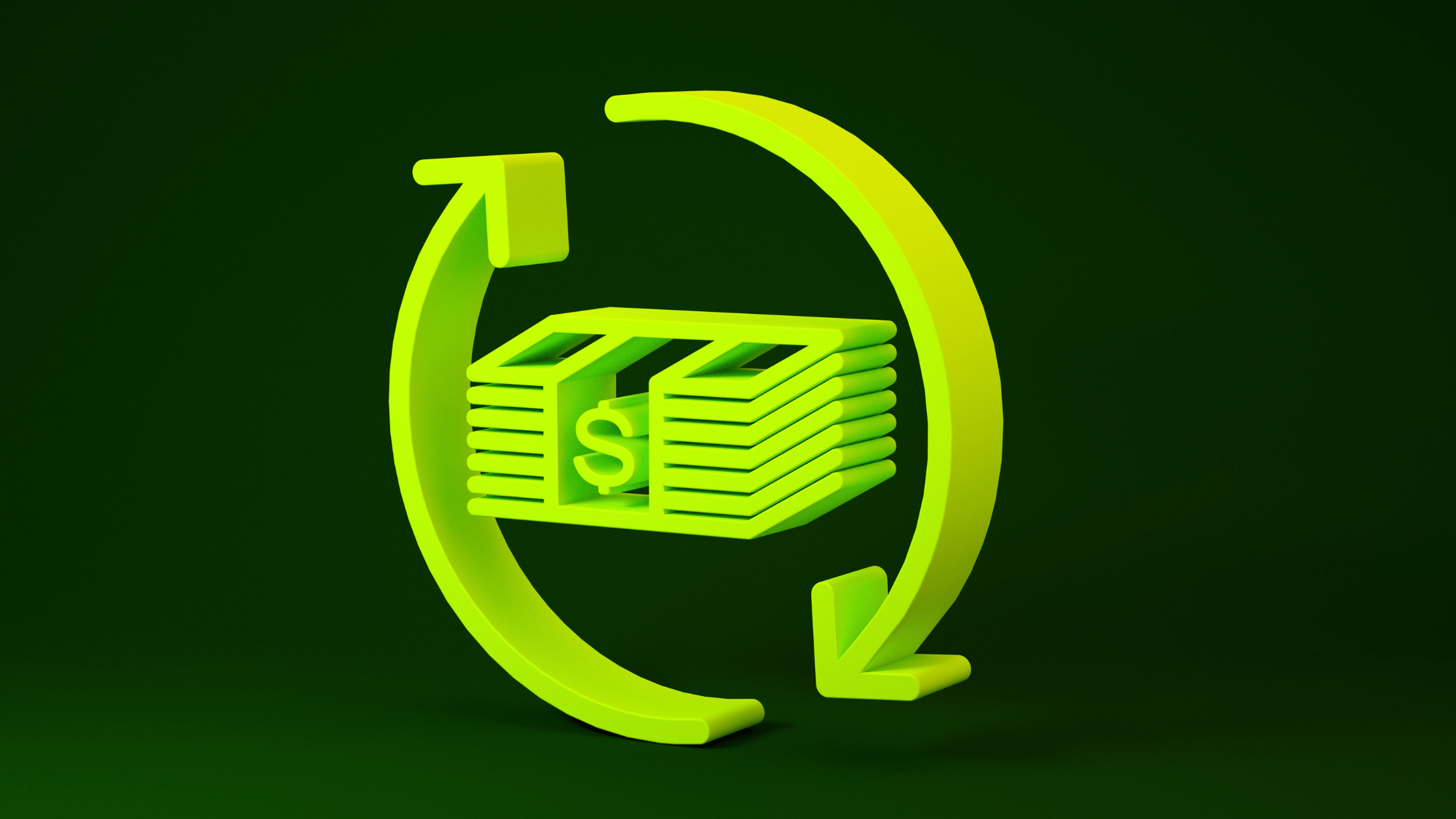Stay In The Know
Signup to be notified of news announcements and promotions.

Chargebacks are one of those inevitable challenges that every business owner will likely face at some point, especially in the restaurant and small business world. While they’re designed to protect consumers, chargebacks can lead to significant headaches—and costs—for your business. The good news? With the right approach, you can navigate chargebacks more effectively and even prevent many of them from happening in the first place.
What Are Chargebacks?
Simply put, a chargeback occurs when a customer disputes a transaction with their bank, leading to a reversal of the payment. While this process is important for protecting customers against fraud or errors, it can be a double-edged sword for businesses. You not only lose the sale but might also face additional fees, inventory loss, and potentially even harm your reputation.
Common Reasons for Chargebacks and Impact on Your Business
Understanding why chargebacks happen is the first step in reducing them. Here are some of the most common reasons:
Fraudulent Transactions: The customer’s card information was stolen and used without their consent.
Product or Service Dissatisfaction: The customer didn’t feel the product or service met their expectations.
Billing Errors: Mistakes like double billing or charging the wrong amount can lead to disputes.
Misunderstandings: Sometimes, customers don’t recognize the charge on their statement and dispute it out of confusion.
Merchant Error: Processing mistakes or failure to deliver the promised goods can also trigger chargebacks.
Regardless of the cause, the impact on your business can be significant. Beyond losing the original sale, you might face added fees, increased processing costs, and the potential loss of inventory. If chargebacks become a frequent issue, you could also find yourself facing higher transaction fees or even losing your payment processing account.
Strategies to Minimize Chargebacks
So, how can you protect your business from the financial drain of chargebacks? Here are some practical steps you can take:
1- Clear Communication and Policies: Make sure your return, refund, and cancellation policies are crystal clear and easy for customers to find. Transparency can go a long way in preventing misunderstandings that lead to disputes.
2- Accurate and Detailed Receipts: Always provide detailed receipts that include your business name, contact information, and a clear description of the product or service. This helps customers recognize charges on their statements, reducing the chances of disputes.
3- Enhanced Fraud Prevention Measures: Consider implementing advanced fraud detection tools that monitor for suspicious activity. Requiring additional verification for high-risk transactions—like address verification or 3D Secure authentication—can also help.
4- Effective Customer Service Address customer complaints quickly and professionally. Often, resolving an issue early can prevent it from escalating into a chargeback.
5- Monitor and Review Transactions Regularly: Keep an eye on transactions to spot any patterns that might indicate fraud or dissatisfaction. Early detection can help you address potential issues before they turn into chargebacks.
What to Do When Faced with a Chargeback
Even with the best prevention strategies, chargebacks can still happen. When they do, here’s how to handle them:
1- Respond Promptly: As soon as a chargeback is filed, gather all relevant documentation, like receipts, communication records, and proof of delivery. Submit your response within the timeframe provided by your payment processor.
2- Understand the Reason Code: Every chargeback comes with a reason code that explains why the customer is disputing the charge. Understanding these codes can help you craft a more effective response.
3- Learn from Experience: Take the time to analyze past chargebacks to identify any common causes. Use these insights to make changes that can prevent similar issues in the future.
While chargebacks are an inevitable part of doing business, understanding how to manage and minimize them is key to protecting your bottom line. By implementing proactive measures and maintaining clear communication with your customers, you can reduce the likelihood of disputes and keep your business running smoothly.
One of our sales agents will call you soon to discuss what payment solutions will work for your business.

Signup to be notified of news announcements and promotions.